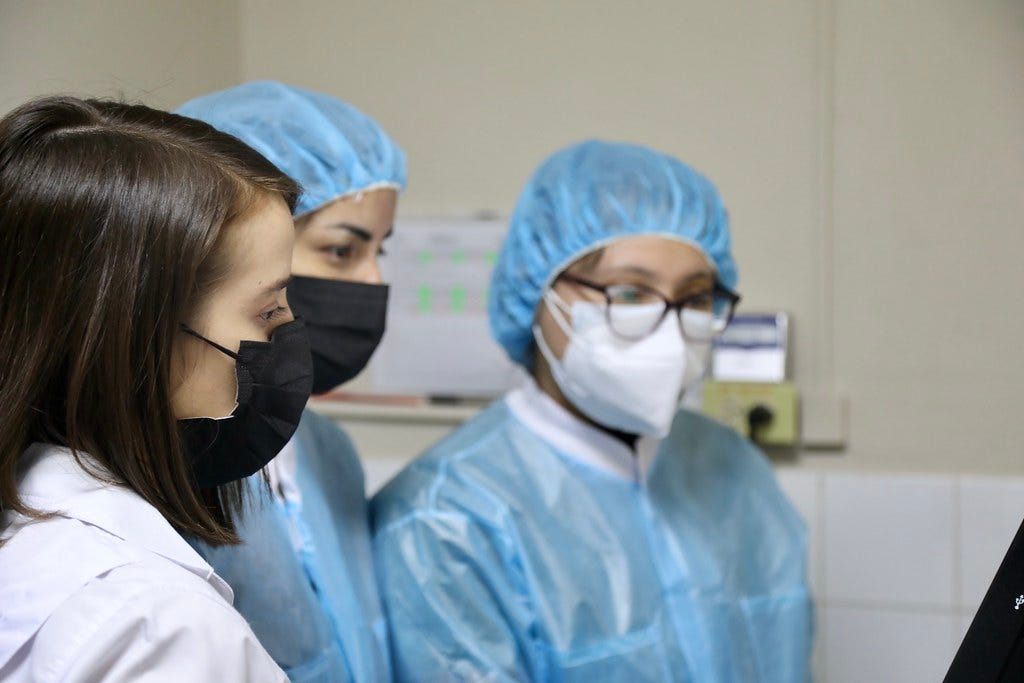
Honduras has reinstated a nationwide face mask mandate for the first time in years after a sudden and worrying surge in respiratory illnesses. The new rules, which took effect on July 25, 2025, come as hospitals face growing pressure from a spike in COVID-19 cases, influenza, and pneumonia.
The Ministry of Health has confirmed …
Keep reading with a 7-day free trial
Subscribe to The Crustian Daily to keep reading this post and get 7 days of free access to the full post archives.


